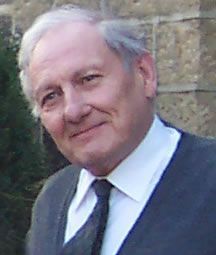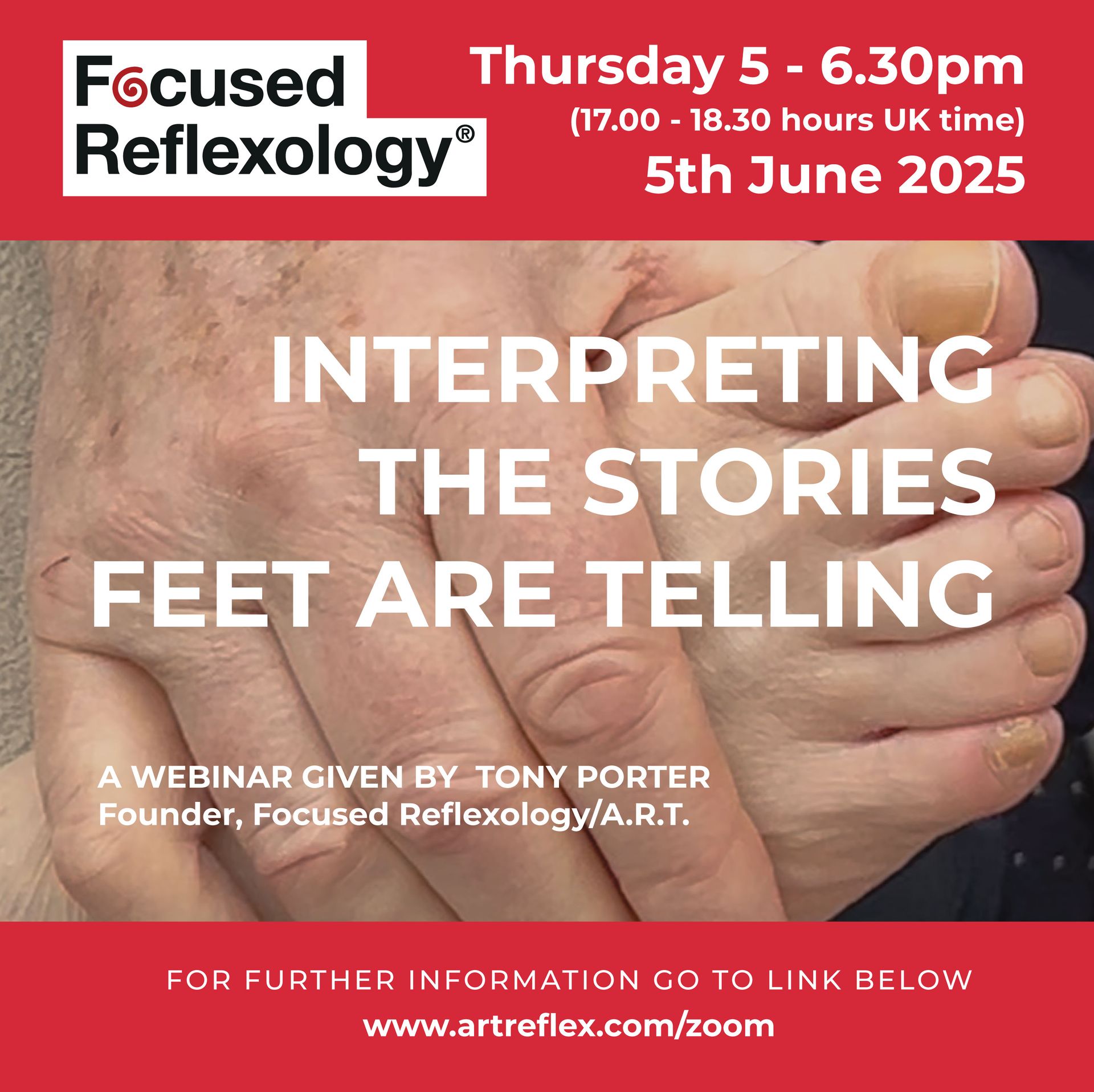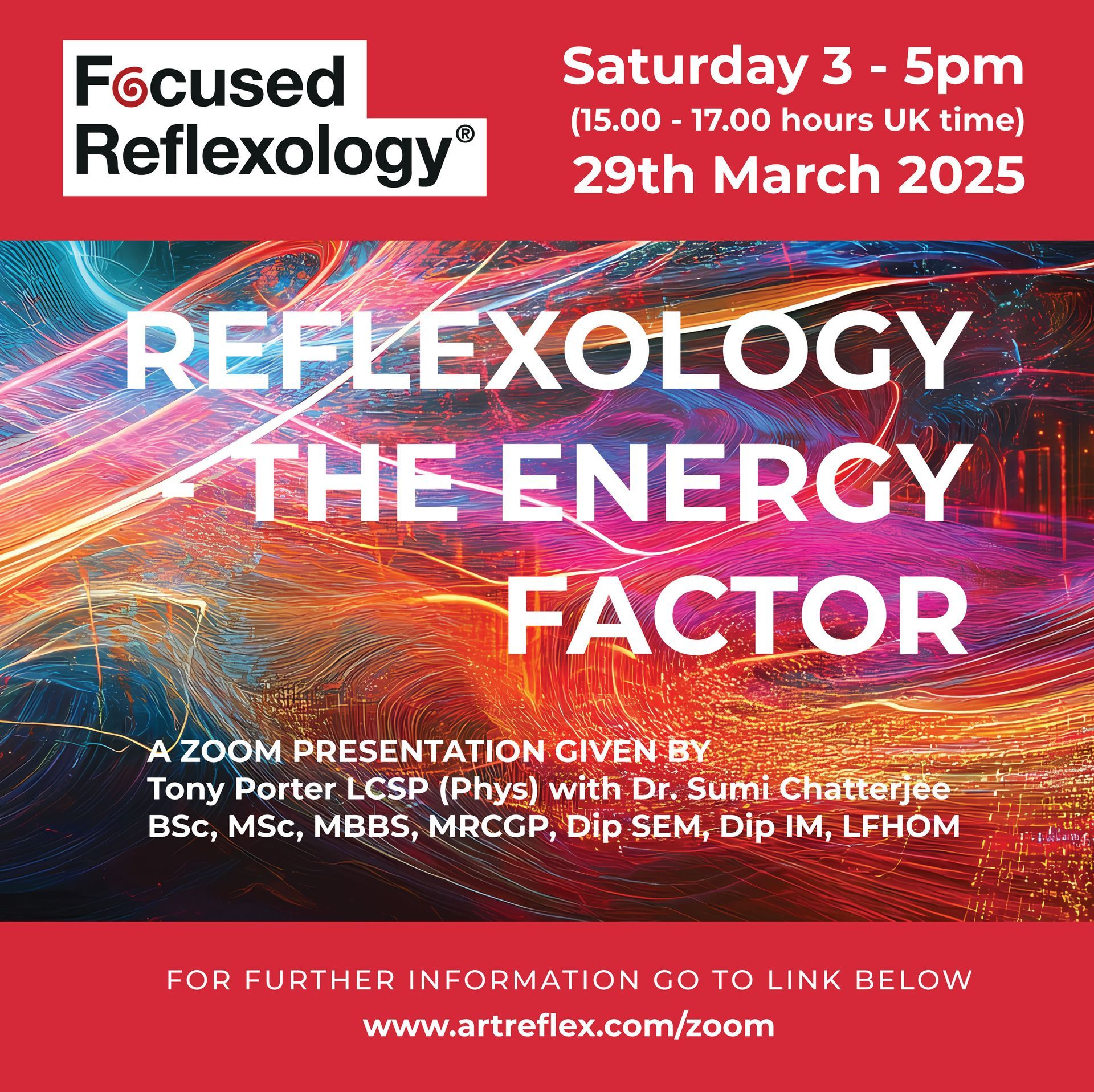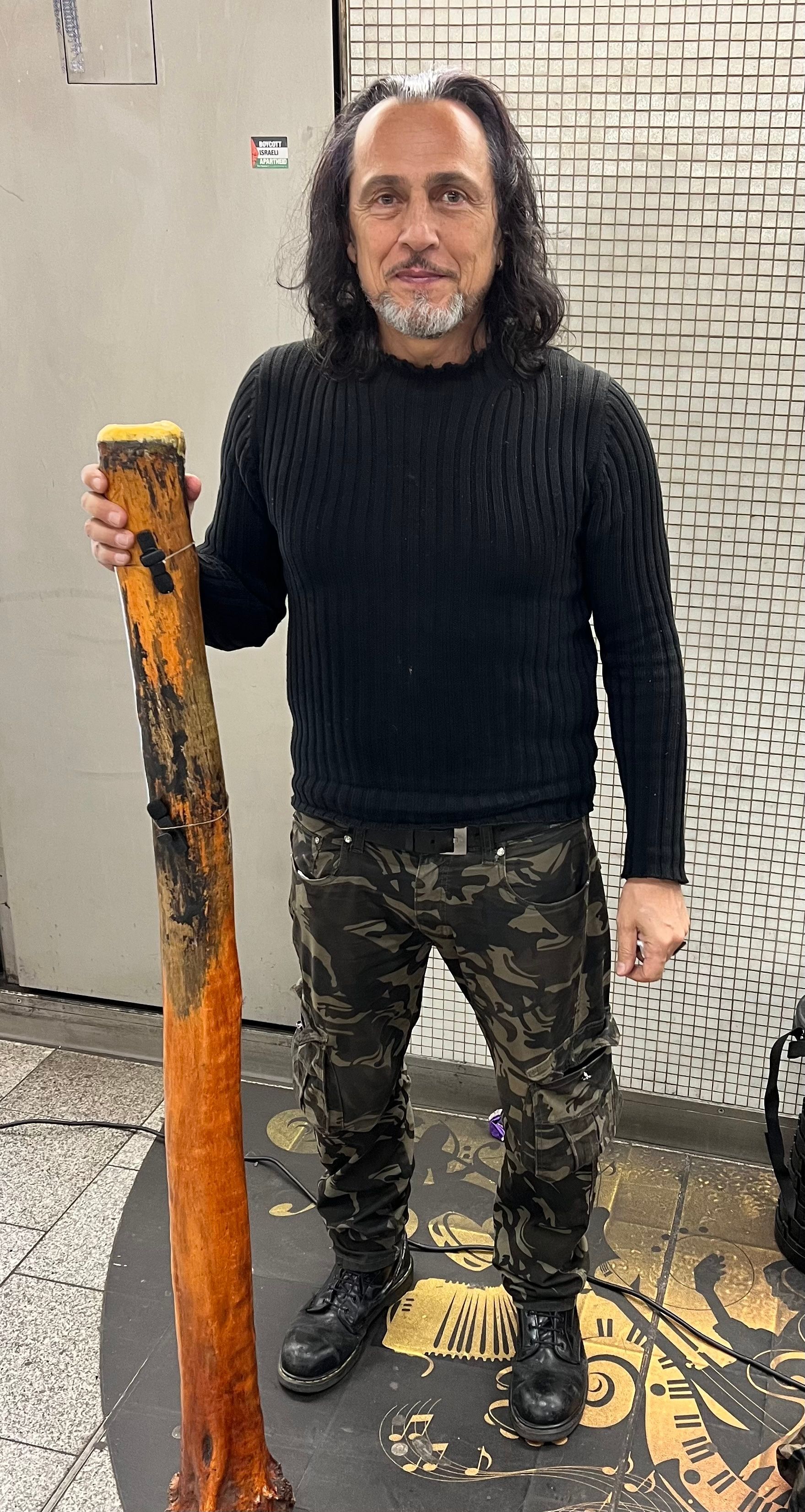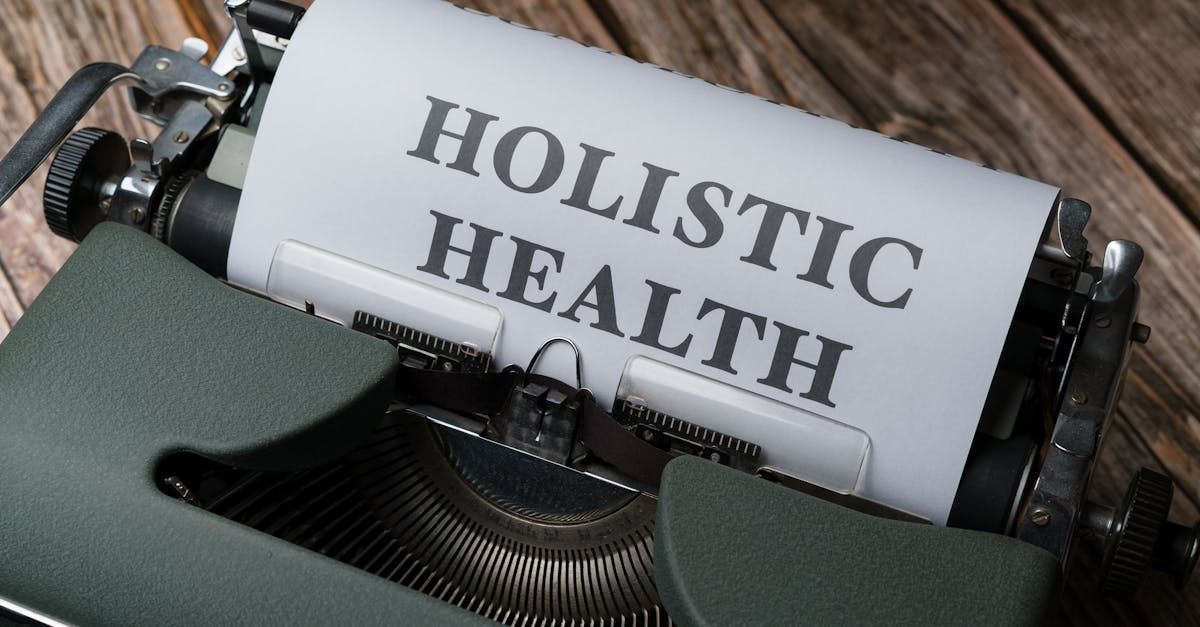Maximising the Potential of Reflexology
Maximising the Potential of Reflexology
an online presentation hosted by Tony Porter
(based on 55 years of reflexology practice.)
Saturday March 18th Fully Booked
Sunday March 19th Fully Booked
2.00 (14.00) - 4.00 (16.00) U.K. time
My career in reflexology began in 1972, and because of the path it took me down it became necessary for me to become what could be called an investigative reflexologist.
I was ‘head hunted’ by some ’enlightened’ medical luminaries. They were interested in trialling various therapeutic, manual modalities to test their efficacy in being used alongside allopathic clinical practice. I was chosen to represent reflexology.
Being well and truly immersed in the classical techniques of Eunice Ingham (owing to my association with her Nephew Dwight Byers) proved to be a great advantage.
However, it became apparent that there were subjects in the trial who did not respond to the classical techniques in the way I expected, while others did. This was when my investigative journey began — eventually leading to the techniques and modalities of A.R.T®. (Advanced Reflexology Techniques) being formulated in 1989.
These techniques proved to be a therapeutic ‘game changer’ when used alongside the modalities of classical reflexology.
Investigation and monitoring continued, culminating in Focused Reflexology®.
The evidence of my investigations have demonstrated that it is the type of contact made to a disturbed reflex which is the most significant element of effective reflexology.
Effective reflex contact depends not only on the fingers and thumbs but also the position of the practitioner to the feet of the person receiving treatment.
Subjects of the presentation will include:
- The transition of reflexology over the last 50 years. How has it changed, has it become diluted?
- Is the perception and purpose of reflexology only about relaxation?
- The message of the disturbed reflex. Understanding this, means you 'Treat what you find and not what you are looking for.' One of the Golden Keys of effective reflexology practice.
- The type of contact made to a reflex is paramount.
- The use and misuse of lubrication and how it has crept into reflexology. This can lead to a dilution of therapeutic potential unless used correctly. This is very important.
- The classical techniques, are the foundation of reflexology.
- Focused reflexology® (formally A.R.T.®) explained
- The positive outcomes of dividing treatments into two phases. Phase 1 & Phase 2
- How is a reflex ‘worked out’?
- The aim of treatment, is it relaxation, stimulation or easing of physical discomfort?
The psychological responses of reflexology are common and include euphoria, a meditative, sometimes mildly hallucinogenic, and even an out-of-the-body type of experience.
Is DMT responsible for this response?
DMT (Dimethyltryptamine) is a chemical, ubiquitous throughout nature and the human body. It produces psychedelic effects. Plant extracts which contain DMT are used in Ayahuasca ceremonies. It is produced at various sites in the body such as the pineal gland and particularly the lungs. Does reflexology release DMT?
There is research into DMT (a class A drug) which is showing benefits in the treatment of various psychological problems.
Activating the vagus nerve of clients during a treatment. Also self-help techniques for practitioners.
The purpose of the presentation is to make you a more effective practitioner of reflexology.
Owing to requests - a discussion of the life and work of Dr Locke could be included. Dr Locke was the famous Canadian doctor who in the 1930s would give over 2000 foot manipulation treatments daily. This subject will be included only if time permits.
I look forward to meeting you online
Best wishes
Tony



